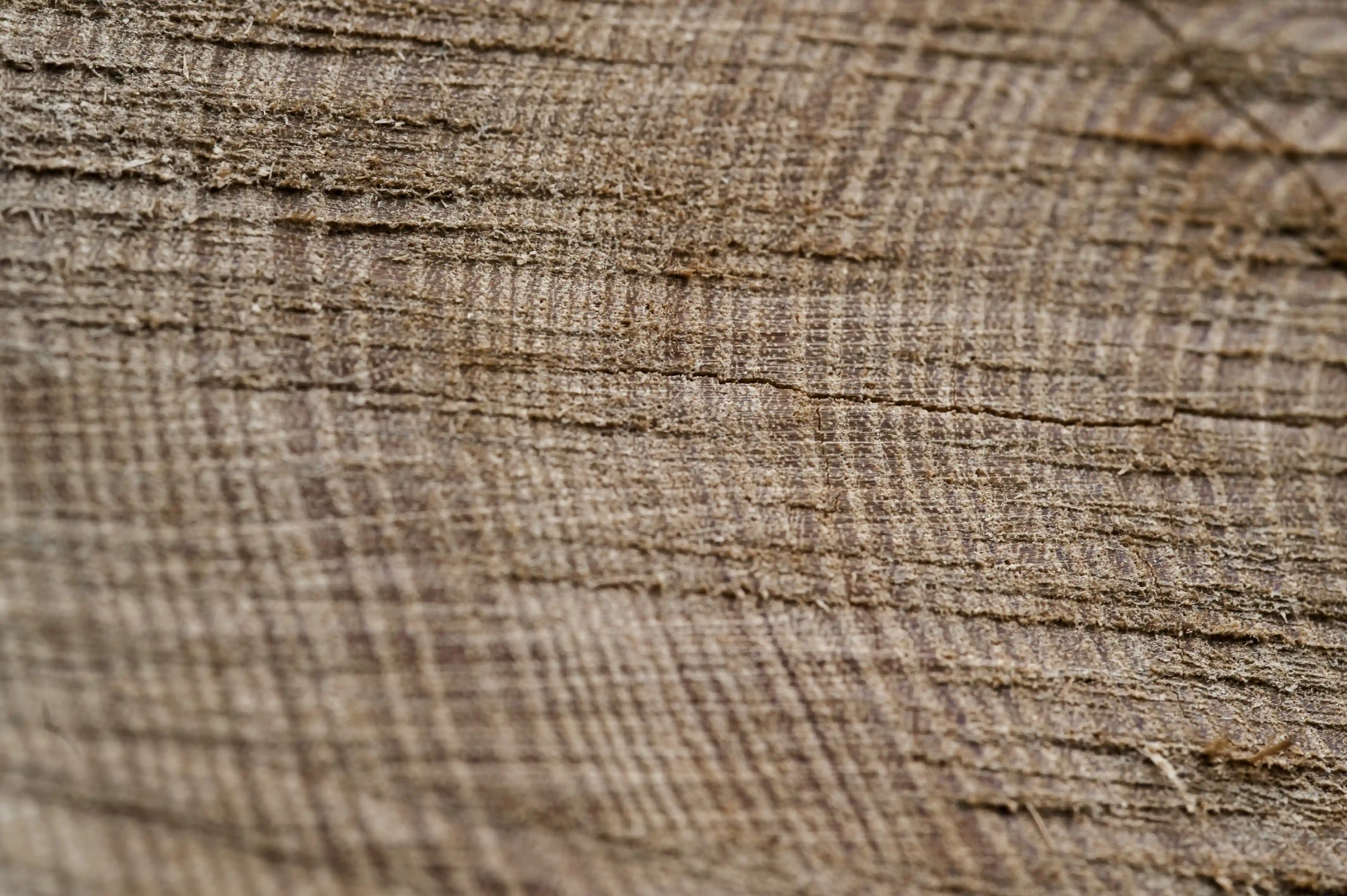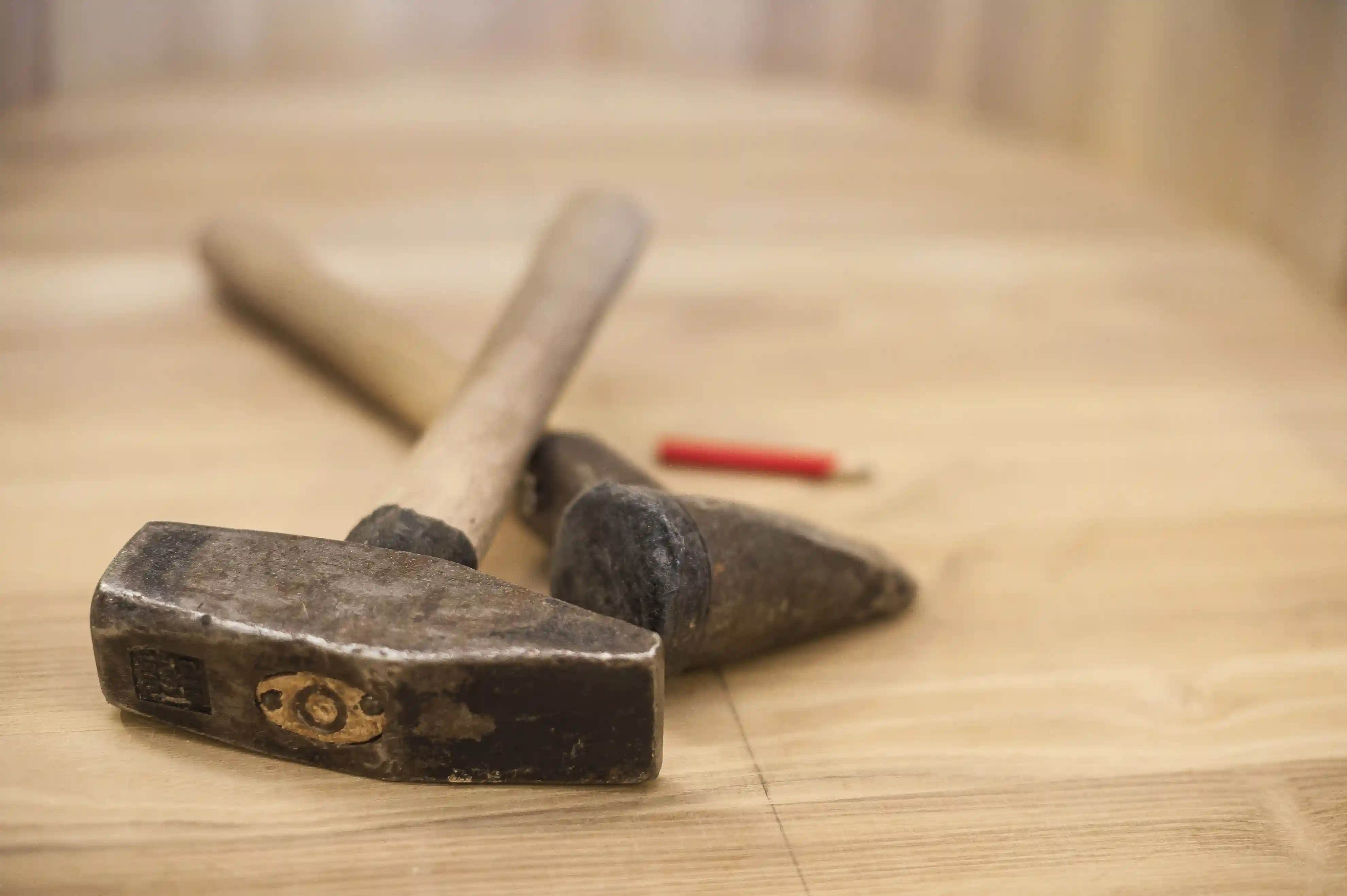This tree, native to North America, has been widely cultivated across Europe and Asia, demonstrating its adaptability and popularity.
Black locust wood, derived from the Robinia pseudoacacia tree, is native to North America but has been widely planted in Europe and Asia. It is renowned for its hardness, strength, and resistance to decay, making it one of the most durable woods available. Its dense grain structure contributes to its incredible resilience, allowing it to withstand harsh weather conditions and prolonged exposure to the elements without deteriorating.
Beyond its physical attributes, black locust wood features a rich, warm hue that ranges from golden yellow to medium brown, often darkening with age. This aesthetic appeal, combined with its fine texture, makes it a desirable choice for both functional and decorative purposes. Its natural beauty means it can be used without the need for stains or finishes, which aligns perfectly with sustainable practices.
One of the key benefits of black locust wood is its sustainability. The trees grow rapidly, requiring minimal care, and can thrive in poor soil conditions. This makes them an excellent option for erosion control and land restoration projects. Additionally, black locust trees fix nitrogen in the soil, improving its quality and supporting other plant life.
Moreover, black locust is a renewable resource that can be harvested sustainably. Since the trees grow quickly, they can be replenished at a pace that meets demand without depleting forests. This rapid growth cycle is beneficial for carbon sequestration, as young trees absorb more carbon dioxide than mature trees, thus playing a vital role in combating climate change. The ecological benefits of black locust wood extend beyond its growth phase, as its durability reduces the need for frequent replacement, thereby conserving resources.
Now that we have a basic understanding of black locust wood, let's explore its many applications. Its versatility allows it to be utilized in various settings, each benefiting from its distinct properties. From robust outdoor structures to elegant interior elements, black locust wood offers solutions that are both practical and aesthetically pleasing.
Black locust wood is highly resistant to weathering, making it an ideal material for outdoor applications such as decking and fencing. Its natural resistance to rot and pests eliminates the need for chemical treatments, making it a safe choice for eco-conscious homeowners. The wood's ability to withstand moisture and temperature variations ensures that outdoor installations remain structurally sound over time, reducing maintenance efforts and costs.
Furthermore, the natural oils present in black locust wood enhance its longevity, providing a barrier against moisture and insects that typically affect outdoor wood structures. This inherent protection means that decks and fences made from black locust wood maintain their integrity and appearance, even in challenging climates. Its strength also allows for longer spans in construction, providing more design flexibility for outdoor projects.

Due to its strength and durability, black locust wood is often used for landscaping timbers and erosion control structures. It provides a long-lasting solution for retaining walls, garden beds, and other outdoor projects. The wood's dense nature ensures that it can hold back soil effectively, preventing erosion and promoting land stability.
In addition to its structural uses, black locust wood is an environmentally beneficial choice for landscaping. Its ability to improve soil quality through nitrogen fixation supports healthier plant growth in gardens and landscaped areas. This makes it a preferred material for eco-friendly landscaping projects, aligning with sustainable land management practices.
With its attractive grain and natural luster, black locust wood is a popular choice for decking and furniture. Its hardness makes it resistant to scratches and dents, ensuring longevity in high-traffic areas. This durability means that black locust wood flooring retains its beauty over time, even in homes with pets or young children.
The aesthetic appeal of black locust wood furniture cannot be overstated. Its unique color and grain pattern make each piece distinct, adding character and warmth to any room. The wood's natural finish enhances its beauty, allowing for the creation of elegant, timeless furniture that complements various interior design styles.
For interior designers seeking sustainable materials, black locust wood can be used for custom cabinetry, wall paneling, and decorative elements. Its warm tones and fine texture add elegance to any space. The wood's versatility in design applications allows it to be integrated seamlessly into both modern and traditional interiors, providing a cohesive look that appeals to diverse tastes.
In addition to its aesthetic qualities, black locust wood's durability makes it a practical choice for high-use areas. Whether used in a bustling kitchen or a serene living room, it withstands the rigors of daily life while maintaining its visual appeal. As sustainability becomes increasingly important in design, black locust wood offers a responsible option that does not compromise on beauty or function.
One of the standout features of black locust wood is its hardness. On the Janka hardness scale, which measures wood's resistance to wear and denting, black locust wood scores around 1700 lbf. This places it above many traditional hardwoods like oak and maple, making it a suitable choice for demanding applications. Its resilience to physical stress ensures that it performs well in environments where other woods might falter, providing long-term reliability.
When compared to other woods, black locust stands out for its combination of hardness and environmental benefits. It offers a sustainable alternative to tropical hardwoods, which are often harvested unsustainably, contributing to deforestation. Unlike these tropical varieties, black locust can be sourced responsibly, ensuring that its use does not come at the expense of ecological health.
Furthermore, black locust's impressive durability means it can replace less sustainable materials in a wide range of applications, reducing reliance on woods that are not environmentally friendly. Its local availability in many regions also reduces the carbon footprint associated with transportation, making it a more sustainable choice overall.
While black locust wood offers numerous benefits, its price can vary depending on several factors, including availability and demand. Understanding these economic considerations is essential for making informed decisions about its use in projects.
- Location: Prices may differ based on where the wood is harvested and processed. Regions with abundant black locust trees may offer lower prices due to reduced transportation costs and local supply.
- Quality: Higher-grade wood with fewer imperfections will generally cost more. Selecting premium quality wood ensures a flawless finish, which can enhance the overall aesthetic and longevity of the project.
- Market Demand: The demand for eco-friendly materials can influence pricing. As more consumers and industries seek sustainable options, the price of black locust wood may fluctuate based on its popularity and availability.
Despite potential price variations, black locust wood is cost-effective in the long run due to its durability and low maintenance requirements. Its longevity reduces the need for frequent replacements, saving money over time. This makes it a wise investment for both residential and commercial projects, offering financial benefits alongside its ecological advantages.
Moreover, the initial higher cost of black locust wood can be offset by the savings in maintenance and replacement expenses. Its resilience to environmental factors means that structures and products made from this wood require less upkeep, freeing up resources and reducing long-term costs.
When choosing black locust wood, it's important to source it responsibly to ensure environmental sustainability. Responsible sourcing not only supports ecological health but also promotes ethical practices within the forestry industry.
Look for suppliers who adhere to sustainable forestry practices and offer certified wood products. Certifications like FSC (Forest Stewardship Council) ensure that the wood is harvested in an environmentally responsible manner. This certification provides assurance that the forest ecosystems are protected, and that the rights of indigenous communities and workers are respected.
Engaging with certified suppliers also supports the broader movement towards sustainable forestry, encouraging more companies to adopt eco-friendly practices. By choosing certified black locust wood, consumers can contribute to a more sustainable future while enjoying a high-quality product.

Opting for locally sourced black locust wood can reduce the carbon footprint associated with transportation and support regional economies. Local sourcing not only minimizes environmental impact but also strengthens community ties and promotes economic stability.
Supporting local industries ensures that the benefits of sustainable practices are felt within the community, fostering growth and development. Consumers can take pride in knowing that their choices have a positive impact both environmentally and socially, making black locust wood an even more attractive option.
Black locust wood is an exceptional choice for those looking to incorporate sustainable materials into their projects. Its remarkable durability, environmental benefits, and versatility make it suitable for a wide range of applications, from outdoor structures to interior design elements. By choosing black locust wood, you not only invest in a high-quality material but also contribute to environmental conservation and sustainable practices.
Whether you're an interior designer seeking eco-friendly options or a homeowner looking for durable materials, black locust wood offers a compelling solution that aligns with both aesthetic and environmental goals. Its unique properties make it a standout choice in a market increasingly focused on sustainability and responsible consumption.
By understanding the properties and advantages of black locust wood, you can make informed decisions that benefit your projects and the planet. Embrace the potential of this remarkable wood and take a step towards a more sustainable future. Choosing black locust wood is not just a decision for today, but an investment in the well-being of future generations and the health of our planet.
Refer to our FAQ to learn more about black locust
Sources: United States Department of Agriculture
United States Department of Agriculture PDF








